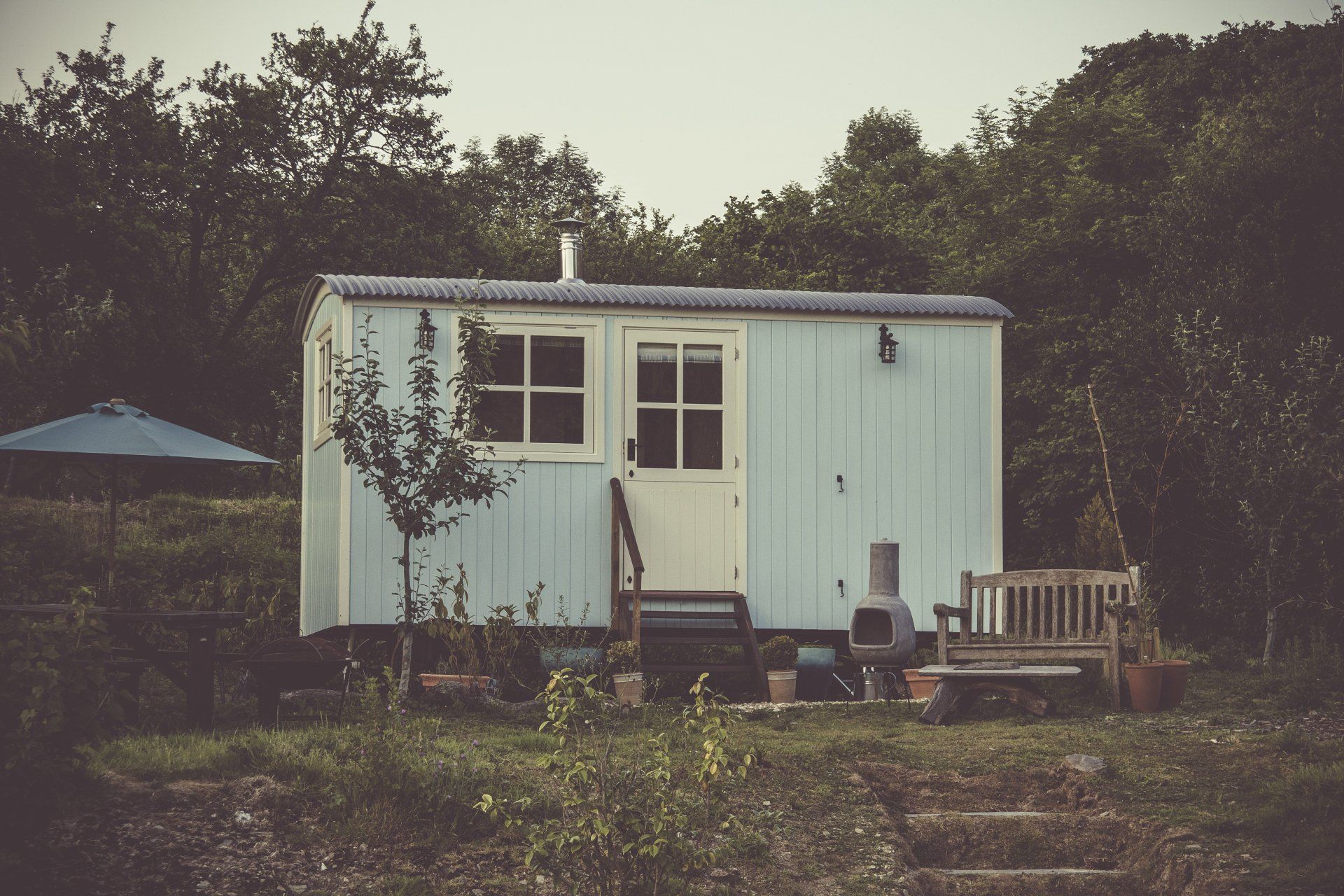Embracing Minimalism
Embracing Minimalism: A Guide to Simplifying Your Lifestyle and Living Space
In a world often defined by excess and consumerism, the minimalist lifestyle has gained popularity as a refreshing and intentional approach to living. Minimalism goes beyond decluttering; it's about simplifying your life, focusing on what truly matters, and finding joy in less. In this blog post, we'll explore the principles of minimalism and provide a guide to help you embrace this lifestyle, creating a sense of clarity and purpose in your living space and beyond.
Understanding Minimalism
Defining Minimalism
Minimalism is not merely about owning fewer possessions; it's a mindset and a deliberate choice to prioritize what adds value to your life while letting go of the unnecessary. At its core, minimalism encourages intentionality, mindfulness, and a focus on experiences rather than material possessions.
The Pillars of Minimalism
- Intentional Living: Make conscious decisions about what you bring into your life, ensuring each item or commitment aligns with your values and goals.
- Simplicity: Simplify your surroundings and lifestyle to reduce distractions, stress, and the burden of excess.
- Mindfulness: Cultivate awareness and gratitude for the present moment, appreciating the beauty in simplicity and everyday experiences.
- Value-Based Choices: Prioritize what truly adds value to your life, whether it's relationships, experiences, or possessions with sentimental significance.
Embracing Minimalism in Your Living Space
Decluttering with Purpose
- Start Small: Begin your minimalist journey by tackling one area at a time. Whether it's a closet, a room, or a specific category of possessions, focus on one space to avoid feeling overwhelmed.
- The KonMari Method: Marie Kondo's method involves decluttering by category (clothing, books, papers, etc.) rather than by room. Hold each item, ask if it sparks joy, and keep only those that do.
- One In, One Out: Adopt the rule of acquiring a new item only when you've let go of something else. This helps maintain balance and prevents unnecessary accumulation.
Streamlining Your Possessions
- Quality Over Quantity: Prioritize quality over quantity when acquiring possessions. Invest in well-made, durable items that serve their purpose effectively.
- Capsule Wardrobe: Create a capsule wardrobe by curating a collection of versatile, timeless clothing pieces that can be mixed and matched, reducing the need for a large closet.
- Digital Declutter: Extend minimalism to your digital life. Regularly review and organize your digital files, unsubscribe from unnecessary emails, and delete apps or files that no longer serve a purpose.
Creating Functional Spaces
- Multifunctional Furniture: Opt for furniture with multiple uses to maximize space and functionality. Examples include storage ottomans, sofa beds, and wall-mounted desks.
- Empty Spaces: Embrace the beauty of empty spaces. Allow areas of your home to remain uncluttered, promoting a sense of calm and openness.
- Purposeful Decor: Choose decor items with intention. Select pieces that hold sentimental value or contribute to the aesthetics of your space without overwhelming it.
Mindful Consumption
- Delayed Gratification: Practice delayed gratification by taking time to consider purchases. Avoid impulse buying and reflect on whether an item truly aligns with your values and needs.
- Mindful Eating: Extend minimalism to your lifestyle by adopting mindful eating habits. Choose simple, nutritious meals over excessive and complex recipes, fostering a healthier relationship with food.
- Digital Minimalism: Limit screen time, unsubscribe from unnecessary digital content, and curate your online presence to reduce digital clutter and distractions.
Embracing Minimalism in Your Lifestyle
Mindful Time Management
- Essentialism: Embrace essentialism by focusing on the most critical tasks and activities that align with your goals. Prioritize quality over quantity in your commitments.
- Digital Detox: Schedule regular digital detoxes to disconnect from screens, social media, and constant connectivity. Use this time to engage in activities that bring joy and relaxation.
- Saying No: Practice saying no to commitments, events, or possessions that do not align with your values or contribute positively to your life.
Cultivating Gratitude and Mindfulness
- Daily Reflection: Incorporate daily reflection into your routine. Take a moment to express gratitude for the simple joys in your life and reflect on the positive aspects of your day.
- Mindful Practices: Explore mindfulness practices such as meditation, deep breathing, or yoga. These practices help cultivate awareness and bring you into the present moment.
- Quality Relationships: Prioritize quality over quantity in your relationships. Cultivate deep connections with those who contribute positively to your life and let go of toxic or draining relationships.
Financial Minimalism
- Budgeting: Adopt a minimalist approach to your finances by creating a simple, effective budget that aligns with your financial goals and priorities.
- Savings and Investments: Focus on building a solid financial foundation by saving for emergencies, investing wisely, and avoiding unnecessary debt.
- Mindful Spending: Practice mindful spending by evaluating whether a purchase aligns with your values and contributes to your well-being before making financial decisions.
Overcoming Challenges and Staying Consistent
Dealing with Sentimental Items
- Photographic Memories: Consider photographing sentimental items before letting them go. This allows you to preserve the memories without the physical clutter.
- Selecting Key Items: Choose a few key sentimental items to keep, focusing on those that hold the most meaning. Display or store them in a thoughtful way.
Social Pressure and Consumerism
- Mindful Comparison: Be mindful of comparison and societal pressure. Focus on your values and needs rather than succumbing to external expectations.
- Educate Others: Share your minimalist journey with friends and family, explaining the benefits and values that guide your choices. Encourage open conversations about consumerism and intentional living.
Staying Consistent
- Regular Check-Ins: Schedule regular check-ins with your living space and lifestyle to assess whether they align with your minimalist goals. Make adjustments as needed.
- Mindful Reevaluation: Periodically reevaluate your possessions, commitments, and habits. Life circumstances change, and being adaptable allows you to stay true to your values.
The Benefits of Embracing Minimalism
- Reduced Stress: A clutter-free and simplified environment reduces visual and mental stress, promoting a sense of calm and tranquility.
- Increased Focus: Minimalism encourages intentional living, helping you focus on your priorities and goals without distractions from unnecessary possessions or commitments.
- Enhanced Well-Being: Embracing minimalism fosters a healthier relationship with your possessions, time, and self, contributing to overall well-being.
- Financial Freedom: By adopting mindful spending habits and avoiding unnecessary consumerism, you can achieve financial freedom and stability.
- Positive Environmental Impact: Minimalism aligns with sustainable practices, reducing the demand for excess production and contributing to a positive environmental impact.
In Conclusion
Embracing minimalism is a transformative journey that goes beyond decluttering physical spaces. It's about intentional living, focusing on what truly matters, and cultivating a sense of purpose and fulfillment. By incorporating minimalist principles into your lifestyle and living space, you can create a harmonious and meaningful environment that reflects your values and enhances your overall well-being. Remember, minimalism is a personal journey, and there's no one-size-fits-all approach. Find what works best for you, stay mindful, and enjoy the journey toward a simpler, more intentional life. Happy embracing!
You might also like
Book a Service Today
We will get back to you as soon as possible
Please try again later




